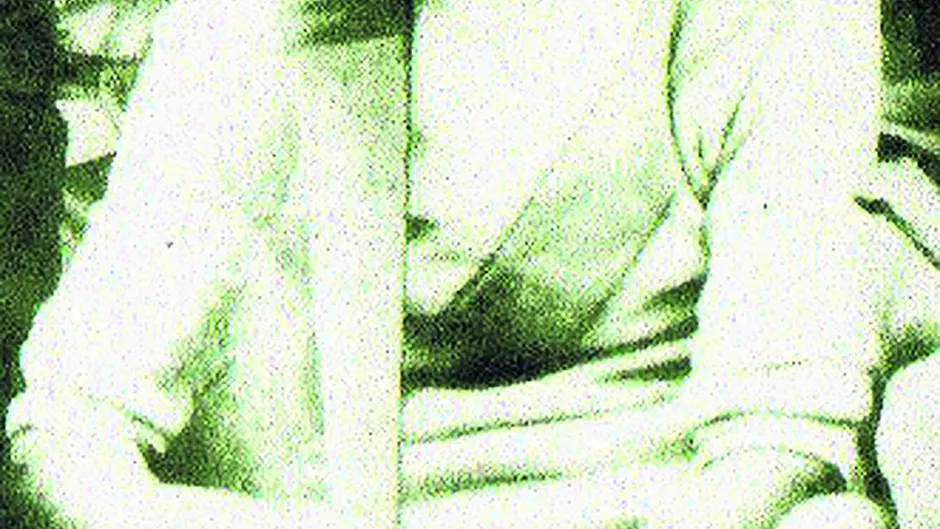West Cork GAA will honour its past GAA heroes
IN keeping with the year that’s in it, West Cork GAA has decided to honour its members who were involved in any way with the struggle for Irish independence from 1916 to 1921.
Most GAA clubs in the area at that time had players and mentors involved in some way with that great struggle and some of those players gave their lives in the cause of freedom.
To celebrate this special centenary year, the South West GAA Board has opted for three different approaches. Just as on the 50th anniversary in 1966, special medals will be presented for all championships, football and hurling, under the Board’s jurisdiction this year. The special medals won in 1966 are treasured items today.
A special commemorative concert, an Irish cultural night, under the careful guidance of the Scór committee, will be held in Rossmore Hall on Saturday, April 16th. It is planned to have a contribution of some sort from every club in the division at that concert.
The big event of the commemoration will be the blessing of the restored grave of John ‘Flyer’ Nyhan in Ballymoney Cemetery near Ballineen on Easter Monday at 3pm.
‘Flyer’ Nyhan’s grave was chosen after much deliberation as his name is one of the best known of the Freedom fighters of that era, mainly because of the cup, named after him, that is presented for the South West junior A hurling championship every year.
In honouring John ‘Flyer’ Nyhan, the South West Board is honouring all those GAA people who took part in the struggle for independence.
John ‘Flyer’ Nyhan was born in Clonakilty in 1892 and was educated in Knockskeagh NS and in Clonakilty NS. From an early age he took a great interest in Gaelic games and because of his speed, he was given the nickname ’Flyer.’
‘Flyer’ was a member of some excellent Clonakilty teams which contested the county middle grade hurling final in 1912, won the county intermediate football title in 1913 and then won the prestigious South Coast Railway Shields in both football and hurling in 1914. Hurling was his great love in those years.
Like some of his compatriots on those teams, ‘Flyer’ was a member of the Irish Volunteers in Clonakilty and he played his last game for Clon when winning the South West junior hurling title in 1919. From then on, as a member of Tom Barry’s Flying Column, he was a man on the run and gave all his time to the cause. As Tom Barry’s right-hand man he attained the rank of ‘Staff Captain,’ and is said to have saved Barry’s life at the famous Kilmichael Ambush.
‘Flyer’ was captured by the Black and Tans on St Stephen’s Day, 1921 and was lucky not to be properly identified. He spent the following 12 months in Ballykinlar prison camp in Co Down. Released after the Truce and Treaty, he, like many of his West Cork friends, took the Republican side in the tragic Civil War that followed.
Again on St Stephen’s Day, 1923, he was badly wounded in an ambush in Ring, Clonakilty but with six bullets lodged in his body he managed to escape and made his way to Bandon nursing home where he was cared for until the end of the Civil War. One of the bullets lodged near his spine and could not be removed.
Like many others who took the Republican side in the Civil War, ‘Flyer’ had to emigrate in 1924 and made his way to Scotland where he found employment. For the next nine years he led an uneventful life. Then in 1933 he daringly saved a colleague’s life at work and his name was in the newspapers again. Unfortunately, the bullet in his spine had moved and he spent a month in hospital.
That Christmas, on the way home to Ireland by boat, he caught a bad cold which quickly developed into pneumonia and on January 6th, 1934, he died in the Bon Secour Hospital in Cork, Tom Barry by his bedside.
Flyer’s funeral to Ballymoney Cemetery near Ballineen was reported to be the biggest ever to pass through Bandon and his native Clonakilty. He was buried with full honours, the oration given by Tom Barry.
Some years later his friends, Tom Barry, ‘Big’ Jim Hurley, Jim Murphy, Stephen O’Neill and Bob and Michael Dorgan of Boston erected a fine limestone headstone on the grave.
In recent years that headstone, disfigured by the weather and surrounding trees and loosened by tree roots, was in danger of falling and there was no distinct grave visible.
The South West GAA Board, under the careful workmanship of Jim McCarthy, Copeen, has restored the headstone to its original splendour, laid down a proper grave with proper foundations and kerbing and gravelled it over. It is hoped that this grave, like Sam Maguire’s in Dunmanway, will now become the spiritual centre of the GAA in West Cork and that all such future events will be centred here.
On Monday next Fr Tom Hayes, PP Enniskeane, will officially bless the new grave and the oration will be given by Proinnsisas Ó Murchú, rúnaí of the Cork County Board. A piper, Dermot Milner, will supply appropriate musical accompaniment. It is hoped to have many relatives of John ‘Flyer’ Nyhan present at the ceremony and that every GAA Club in West Cork will be represented.
Following the ceremony a reception will be held in nearby BEDA Hall, hosted by St Mary’s GAA Club and all are invited to attend.
Signs will be erected, directing visitors to the cemetery from Ballineen and from the Clonakilty road. Stewards will be on duty at all crossroads arranging parking and traffic.
Seating will be available for older folk in the cemetery. Visitors are asked to assemble outside the cemetery gates for the short parade to the grave, behind the piper and flag-bearers at 3pm. If the weather is wet a canopy will be arranged over the seating area.










